Home>Gardening & Outdoor>Plant Care & Gardening Tips>When Is Wildflower Season In Texas
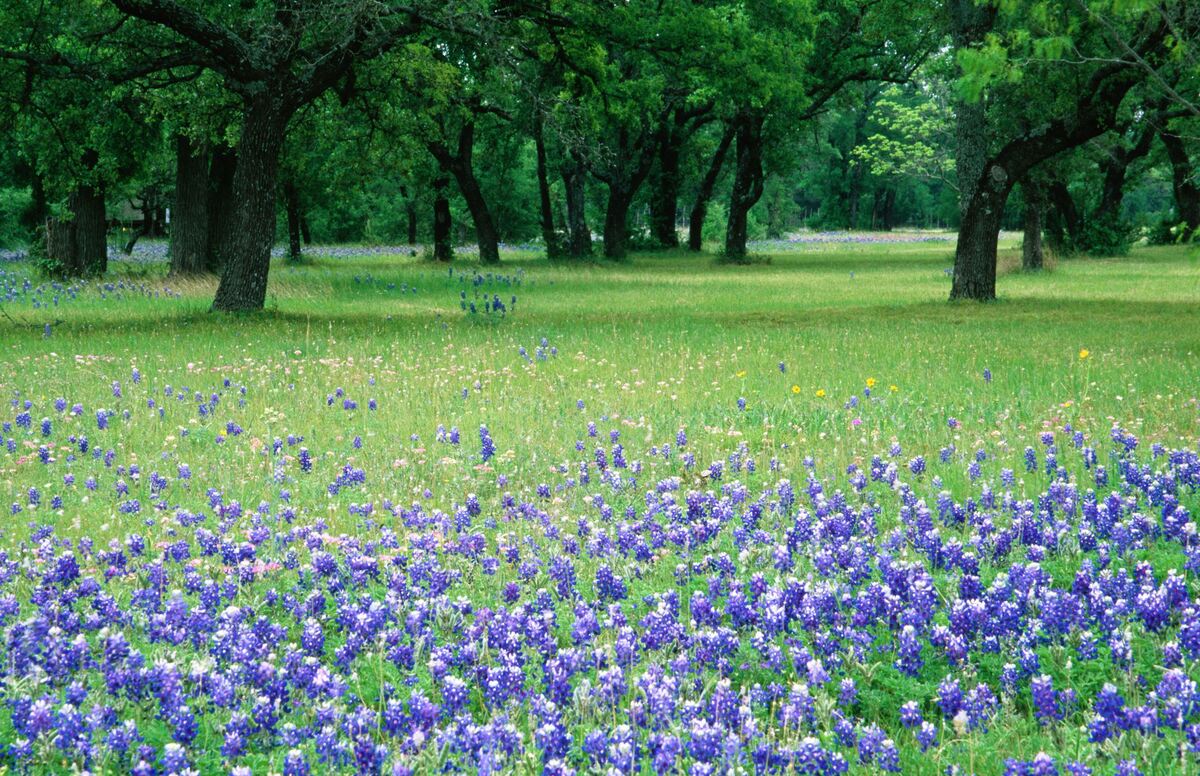

Plant Care & Gardening Tips
When Is Wildflower Season In Texas
Modified: January 5, 2024
Discover the best time for wildflower viewing in Texas and get expert plant care and gardening tips to make the most of the vibrant blooms. Explore our comprehensive guide today!
(Many of the links in this article redirect to a specific reviewed product. Your purchase of these products through affiliate links helps to generate commission for Storables.com, at no extra cost. Learn more)
Introduction
Wildflowers have the enchanting ability to transform the Texas landscape into a vibrant tapestry of colors, attracting nature enthusiasts and photographers alike. The wildflower season in Texas is an eagerly anticipated time when fields and meadows burst into bloom, creating breathtaking displays of nature’s beauty. Whether you’re a native Texan or a visitor to the Lone Star State, experiencing the wildflower season is a must-do activity.
During this time, the countryside is adorned with a stunning array of wildflowers, including bluebonnets, Indian paintbrushes, and pink evening primroses, among many others. The sight of these blossoms stretching across fields and lining the highways is a sight to behold, evoking a sense of wonder and appreciation for the natural world.
As the wildflowers blanket the landscape, they bring a sense of renewal and vitality, signaling the arrival of spring and warmer days ahead. The wildflower season in Texas is not only a visual spectacle but also a celebration of nature’s resilience and the cycle of life.
Whether you’re a seasoned wildflower enthusiast or someone looking to immerse themselves in the beauty of nature, the wildflower season in Texas offers an unparalleled opportunity to connect with the outdoors and witness the magic of blooming wildflowers.
Key Takeaways:
- Experience the vibrant wildflower season in Texas, from late March to early June, across diverse landscapes. Plan your visit, respect nature, and capture the beauty while supporting conservation efforts.
- Explore iconic locations like Ennis, Texas Hill Country, Big Bend National Park, and more to witness the breathtaking wildflower displays. Follow photography etiquette, stay informed, and embrace the serendipity of nature’s floral abundance.
Read more: When Is Wildflower Season In Pennsylvania
Factors Affecting Wildflower Season
The wildflower season in Texas is a result of a delicate interplay of various environmental factors, each contributing to the timing, abundance, and diversity of the blooms. Understanding these factors can provide valuable insights into the optimal conditions for wildflower viewing and appreciation.
- Weather Patterns: The timing and duration of the wildflower season are heavily influenced by the region’s weather patterns. Adequate rainfall during the fall and winter months is crucial for germination and early growth. Additionally, moderate temperatures and ample sunlight during the spring months contribute to the successful blooming of wildflowers.
- Soil Quality: The composition and fertility of the soil play a significant role in determining the health and vibrancy of wildflowers. Well-drained soils with the right balance of nutrients support robust growth, leading to more prolific displays of blooms.
- Wildflower Species: Different wildflower species have unique growth requirements and flowering periods. Some species may thrive in specific soil types or moisture levels, leading to variations in their blooming times and locations.
- Human Impact: Human activities, such as land development, agriculture, and roadside maintenance, can impact wildflower habitats. Conservation efforts and mindful land management practices are essential for preserving and promoting healthy wildflower populations.
- Ecological Diversity: The presence of diverse ecosystems, including prairies, meadows, and woodlands, contributes to the overall richness and variety of wildflowers. These ecosystems provide habitats for different species, resulting in a tapestry of colors and forms during the wildflower season.
By considering these factors, wildflower enthusiasts can gain a deeper appreciation for the intricate balance of nature and the conditions that give rise to the awe-inspiring displays of wildflowers across the Texas landscape.
Peak Wildflower Season in Texas
As the diverse landscapes of Texas transition from winter dormancy to the vibrant colors of spring, the peak wildflower season emerges as a captivating spectacle. The timing of this peak period varies across the state, offering nature enthusiasts a prolonged opportunity to witness nature’s floral masterpiece.
In Central Texas, including the iconic Texas Hill Country, the peak wildflower season typically occurs from late March through early May. During this time, sprawling fields and meadows are adorned with an abundance of bluebonnets, Indian paintbrushes, and various other wildflower species, creating a breathtaking panorama of colors and fragrances.
Heading south to the Coastal Plains, the peak wildflower season extends from early April to late May. This region showcases a diverse array of wildflowers, including the striking firewheels and vibrant winecups, adding a distinctive charm to the coastal landscapes.
East Texas, with its rich piney woods and bottomland habitats, experiences its peak wildflower season from mid-March to late April. Here, woodland wildflowers such as trilliums, violets, and dogwoods grace the forest floors, offering a serene and enchanting wildflower experience.
West Texas, known for its vast expanses and rugged beauty, sees the peak wildflower season from late March to early June. The desert and mountain landscapes come alive with desert marigolds, bluebells, and other resilient wildflowers, showcasing the remarkable adaptability of nature in arid environments.
North Texas, including the Dallas-Fort Worth area, witnesses its peak wildflower season from mid-April to late May. Roadside meadows and urban parks become adorned with a colorful tapestry of wildflowers, providing urban dwellers and visitors with opportunities to immerse themselves in the natural beauty.
By understanding the regional variations in the peak wildflower season, enthusiasts can plan their visits to coincide with the optimal blooming periods, ensuring a memorable and visually rewarding experience amidst nature’s floral abundance.
The wildflower season in Texas typically peaks in the spring, from late March to early May. The best time to see the colorful blooms is usually around mid-April.
Best Places to See Wildflowers in Texas
When it comes to experiencing the captivating beauty of wildflowers in Texas, several iconic locations stand out as prime destinations for nature enthusiasts and photographers seeking to immerse themselves in the splendor of nature’s floral displays.
- Ennis: Known as the “Official Bluebonnet City of Texas,” Ennis hosts the acclaimed Ennis Bluebonnet Trails, offering a scenic drive through meandering country roads lined with breathtaking bluebonnet-filled landscapes. The Ennis Bluebonnet Trails Festival, held annually in April, further celebrates the region’s wildflower heritage.
- Texas Hill Country: The Texas Hill Country, encompassing towns such as Fredericksburg, Llano, and Marble Falls, is renowned for its picturesque vistas adorned with bluebonnets, Indian paintbrushes, and various wildflower species. Willow City Loop and the expansive fields along Highway 290 are particularly popular for wildflower viewing.
- Big Bend National Park: Nestled in the rugged beauty of West Texas, Big Bend National Park boasts a diverse array of desert wildflowers, including vibrant cacti blooms and desert marigolds. The park’s varied elevations and ecosystems offer an enchanting tapestry of floral diversity.
- Lady Bird Johnson Wildflower Center: Located in Austin, the Lady Bird Johnson Wildflower Center is a botanical garden dedicated to the conservation and display of native plants, including a stunning collection of Texas wildflowers. The center’s gardens and natural areas showcase the beauty and ecological significance of native flora.
- Washington County: Washington County, particularly the area around Brenham, is celebrated for its picturesque countryside adorned with bluebonnets and other wildflowers. Visitors can explore the back roads and rural landscapes to encounter captivating displays of floral abundance.
- Palmetto State Park: Situated in Gonzales County, Palmetto State Park offers a serene setting for wildflower enthusiasts to enjoy a diverse range of native blooms, including the iconic Texas bluebonnets. The park’s meadows and trails provide opportunities for up-close encounters with the region’s floral treasures.
These locations, among many others across the state, offer unparalleled opportunities to witness the wildflower season in all its glory, providing a rich tapestry of colors and fragrances that celebrate the natural heritage of Texas.
Tips for Enjoying Wildflower Season in Texas
As you embark on your journey to witness the breathtaking wildflower season in Texas, consider these valuable tips to enhance your experience and make the most of this natural spectacle:
- Plan Your Timing: Research the peak blooming periods for different regions of Texas to maximize your chances of encountering vibrant wildflower displays. Timing your visit during the optimal season ensures a rewarding experience.
- Respect Nature: When exploring wildflower habitats, tread lightly and avoid trampling the delicate blooms. Admire the wildflowers from designated paths and viewpoints, and refrain from picking them to preserve the natural beauty for others to enjoy.
- Photography Etiquette: If you’re a photography enthusiast, practice ethical photography by refraining from damaging the flowers or their surrounding environments. Capture the beauty of the wildflowers while minimizing your impact on the delicate ecosystems.
- Stay Informed: Check local wildflower reports, park websites, and visitor centers for updated information on current bloom conditions and recommended viewing areas. Staying informed allows you to adjust your plans based on real-time wildflower sightings.
- Pack Essentials: Prepare for your wildflower adventure by bringing essentials such as water, sunscreen, insect repellent, comfortable footwear, and a camera to capture the stunning landscapes. Be mindful of the weather and dress accordingly for outdoor exploration.
- Explore Beyond Highways: While Texas highways are famous for their wildflower displays, consider venturing off the beaten path to discover hidden gems and less crowded areas where wildflowers thrive in their natural habitats.
- Support Conservation Efforts: Learn about organizations and initiatives dedicated to preserving Texas wildflowers and their native habitats. Consider contributing to conservation causes or participating in volunteer opportunities to protect these natural treasures for future generations.
- Embrace Serendipity: Allow yourself to wander and embrace the serendipity of wildflower season. Some of the most enchanting wildflower encounters occur unexpectedly, so remain open to spontaneous discoveries as you explore the Texas landscapes.
By following these tips, you can fully immerse yourself in the wonder of Texas’ wildflower season while fostering a sense of stewardship for the precious natural heritage that enriches the Lone Star State.
Frequently Asked Questions about When Is Wildflower Season In Texas
Was this page helpful?
At Storables.com, we guarantee accurate and reliable information. Our content, validated by Expert Board Contributors, is crafted following stringent Editorial Policies. We're committed to providing you with well-researched, expert-backed insights for all your informational needs.
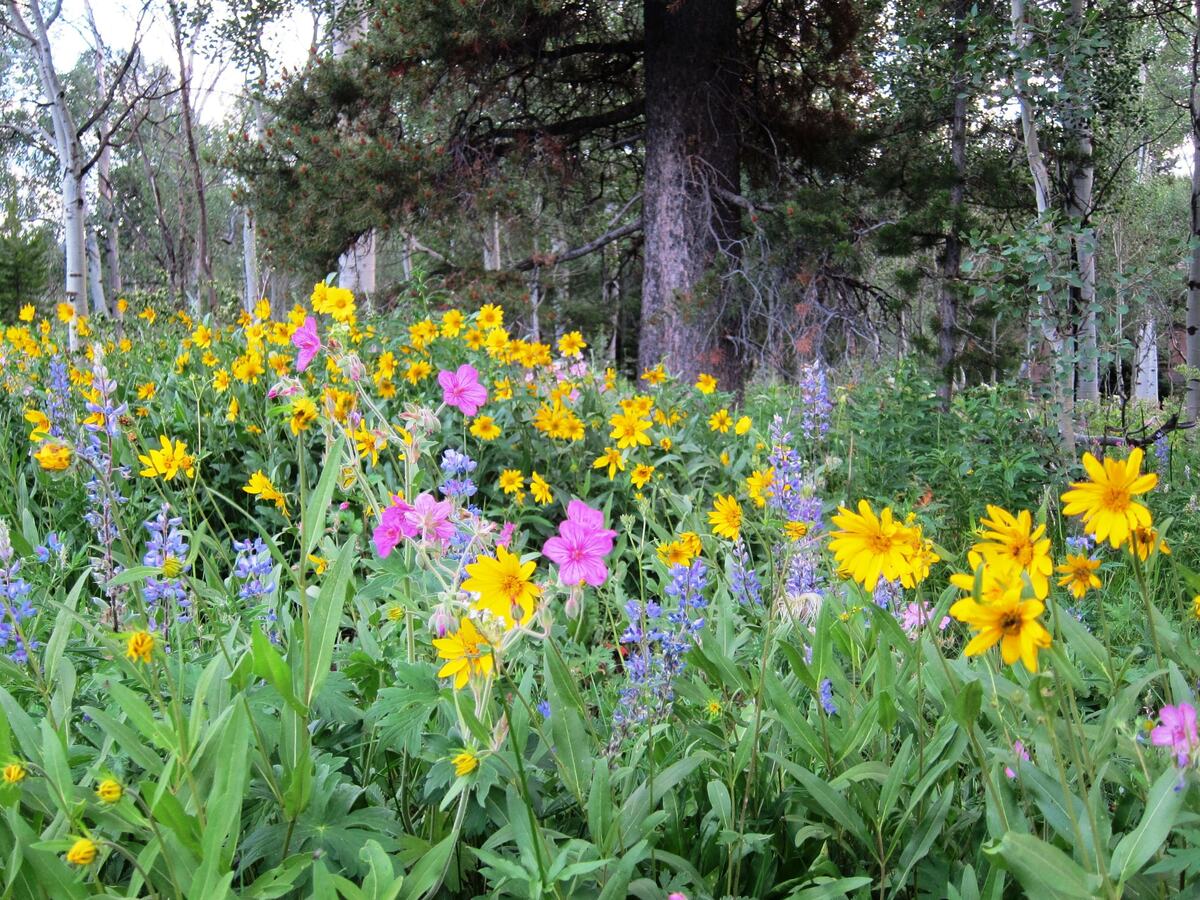
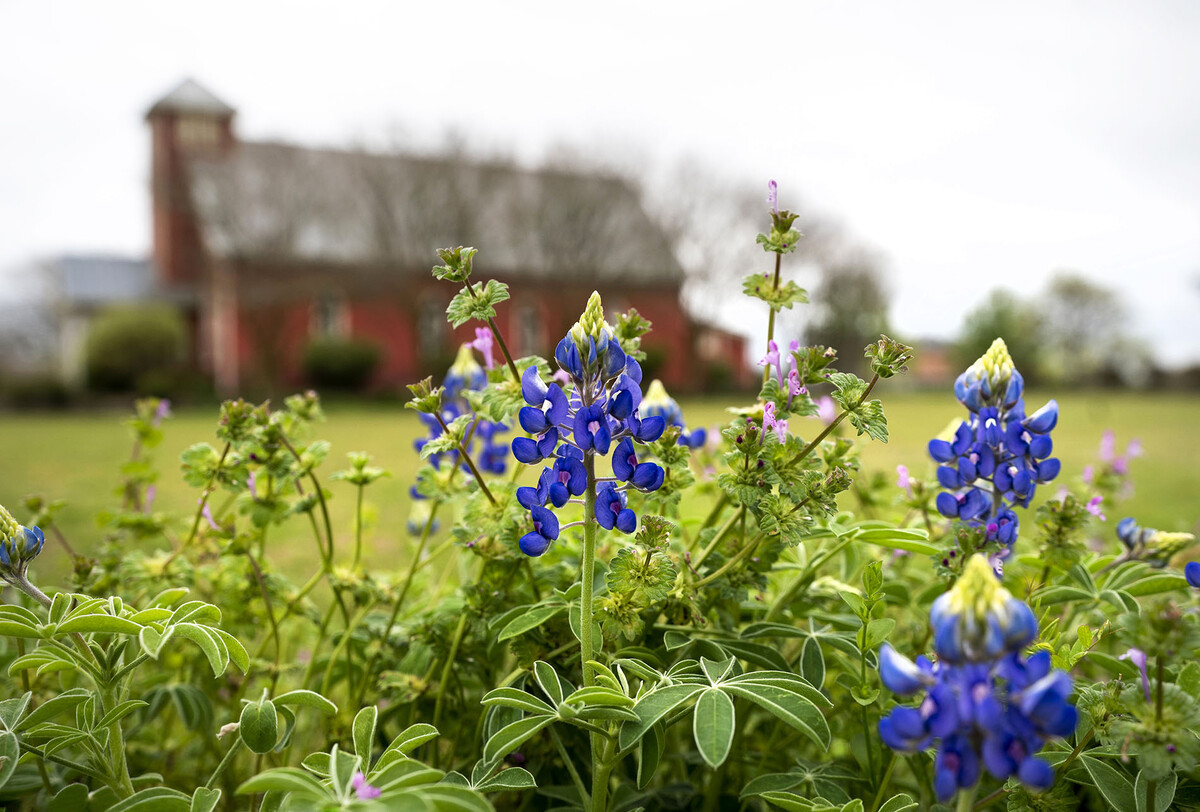
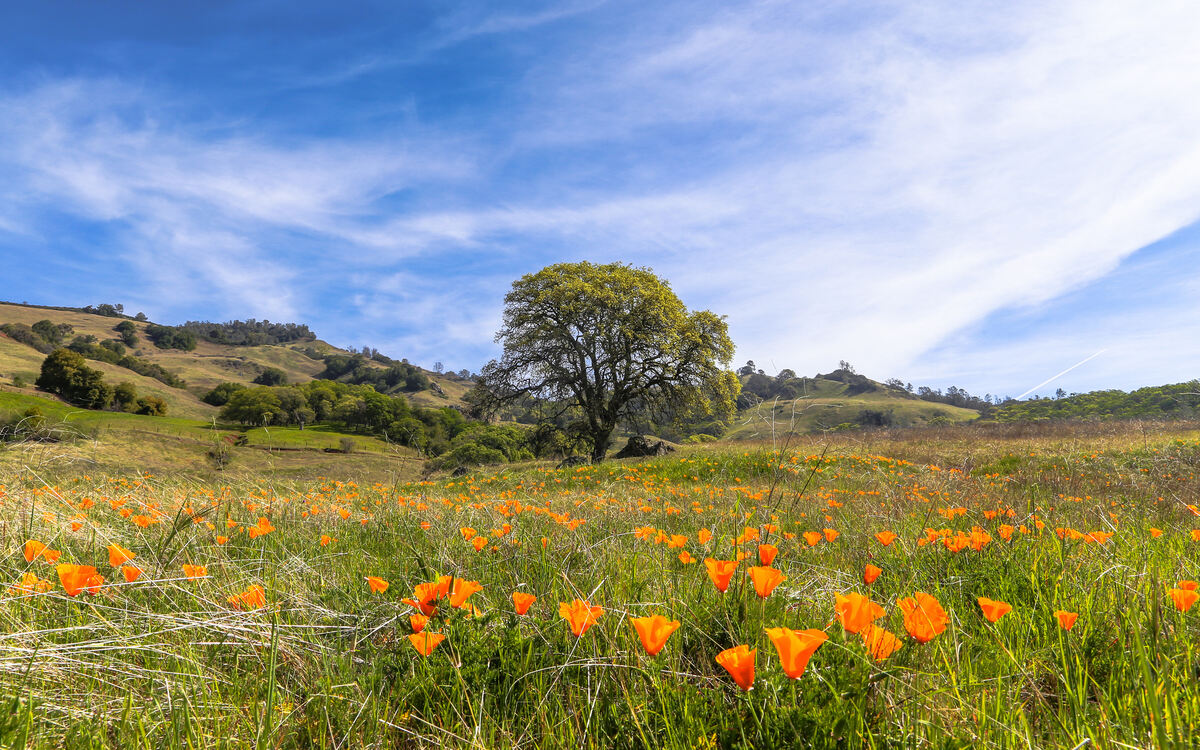
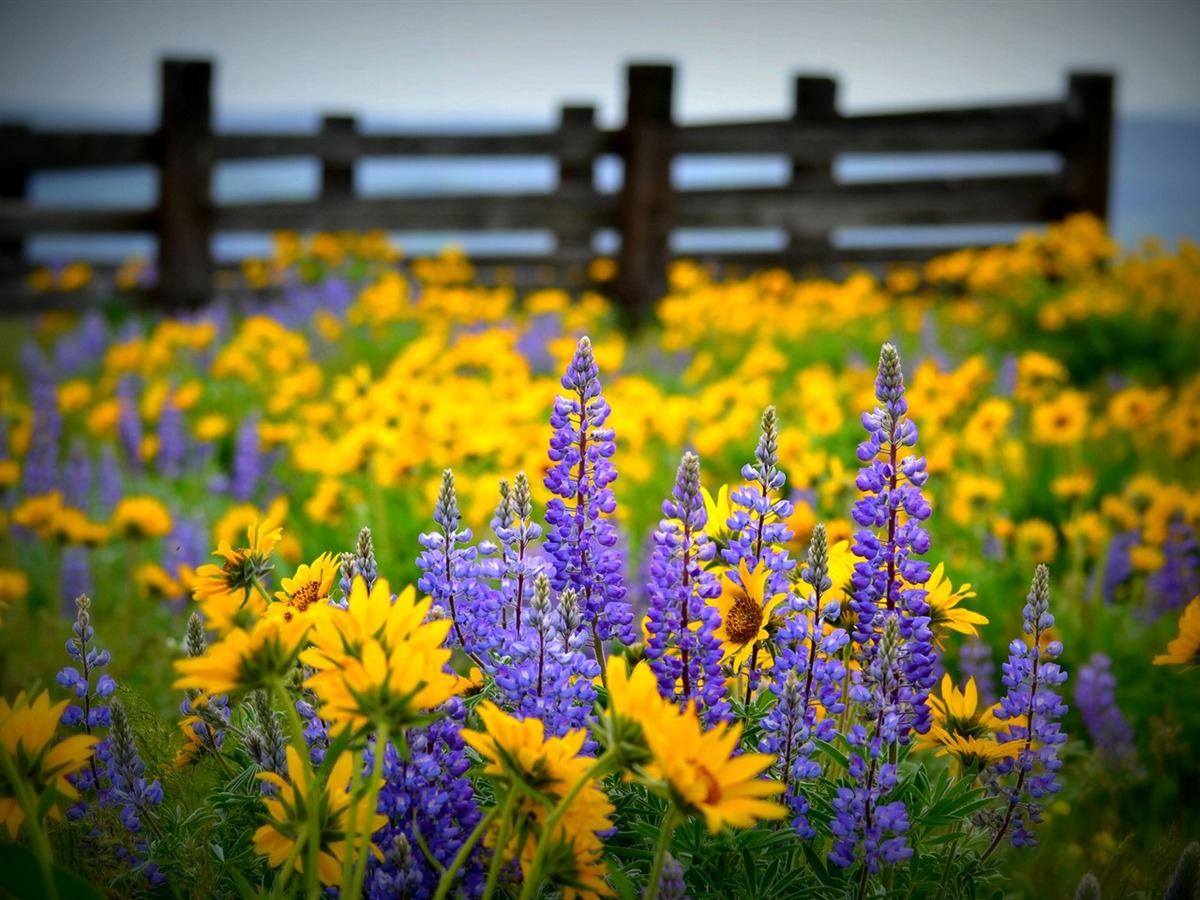
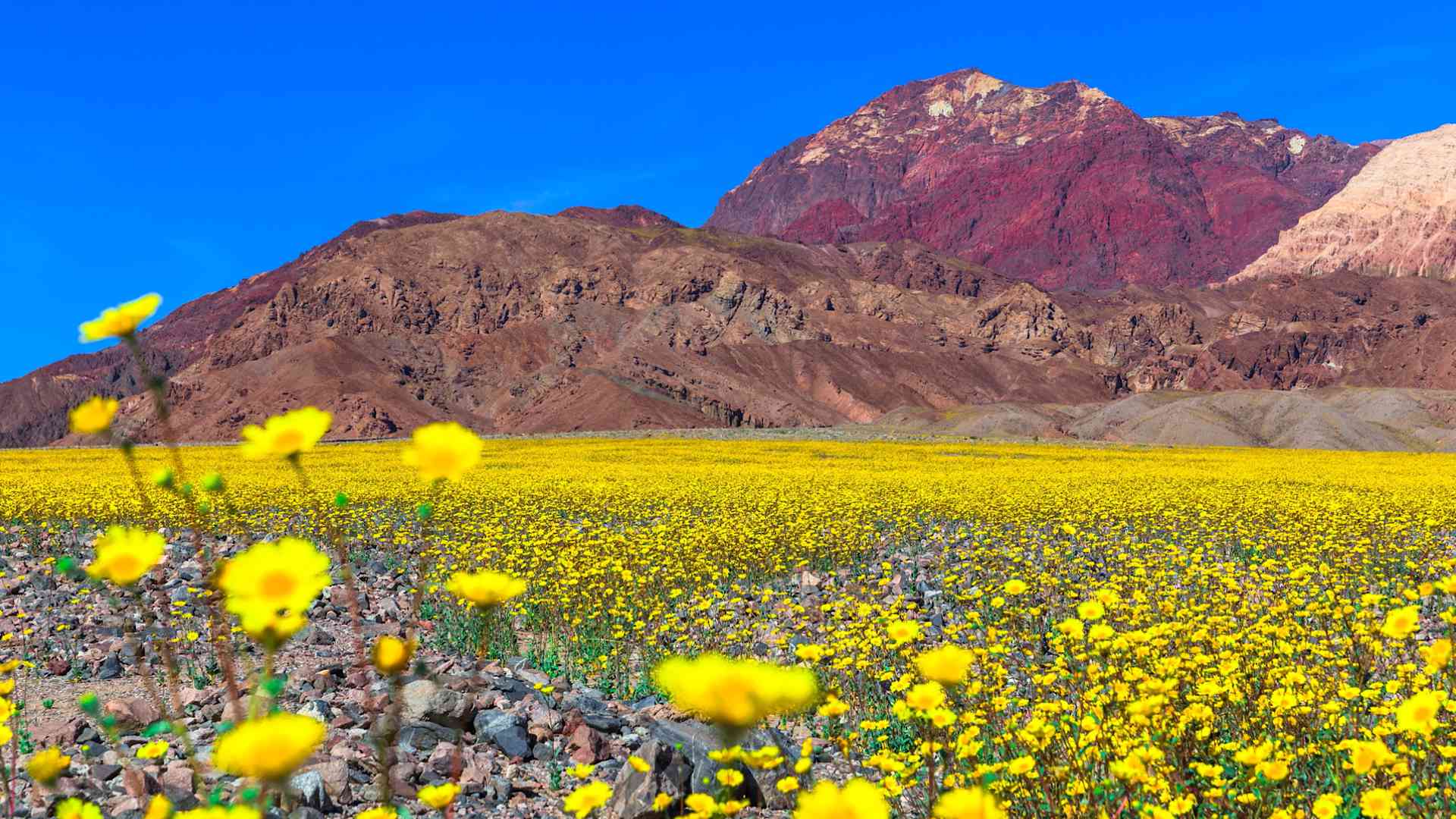
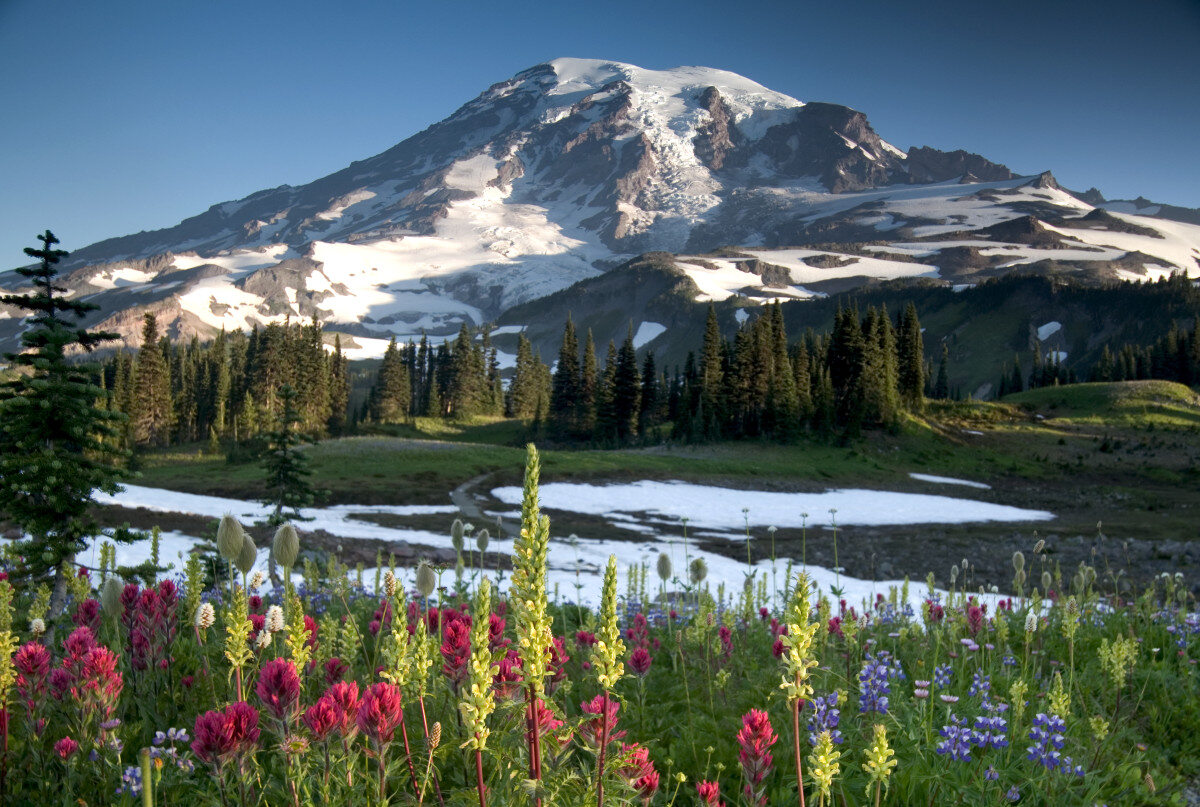
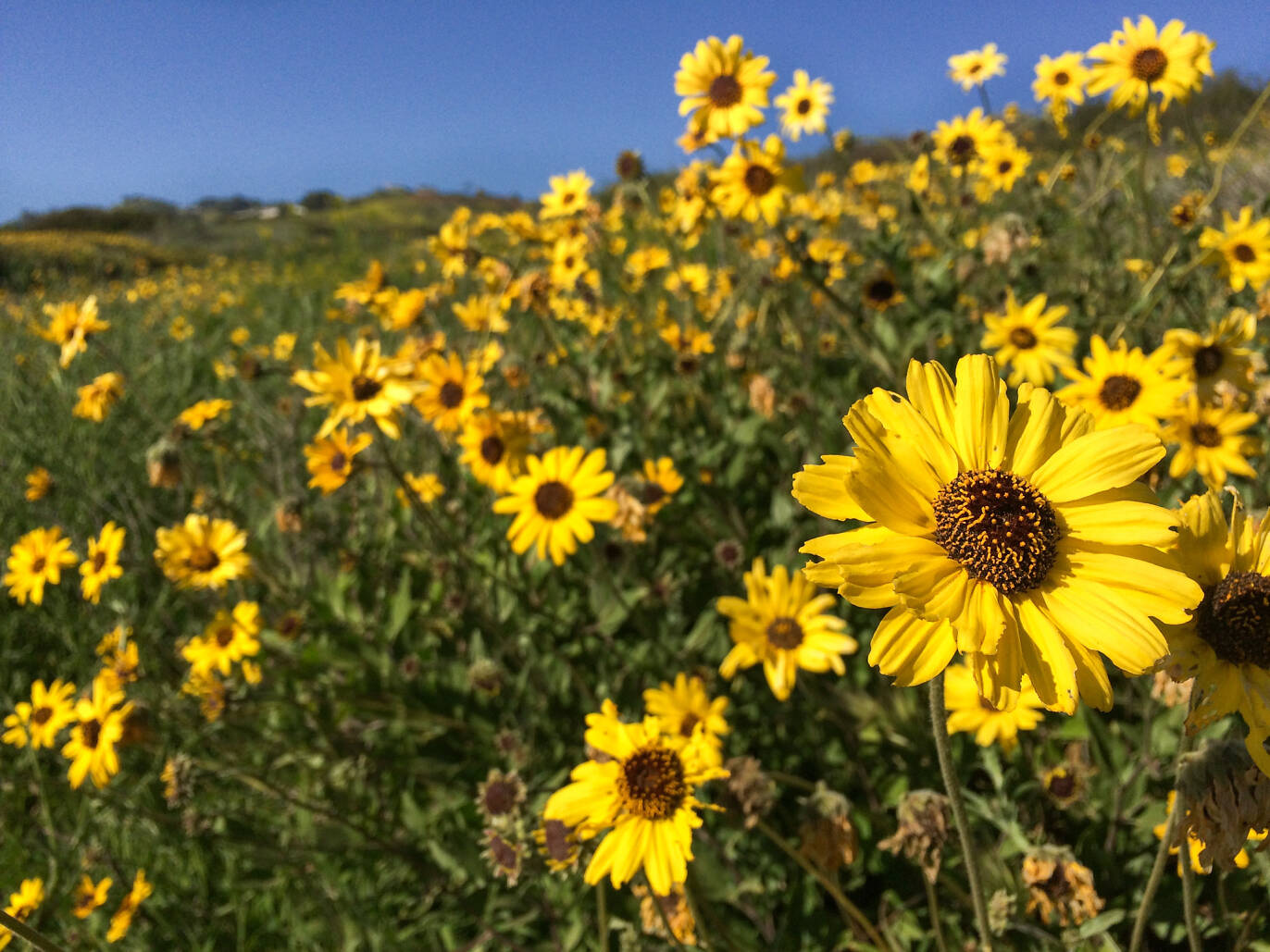
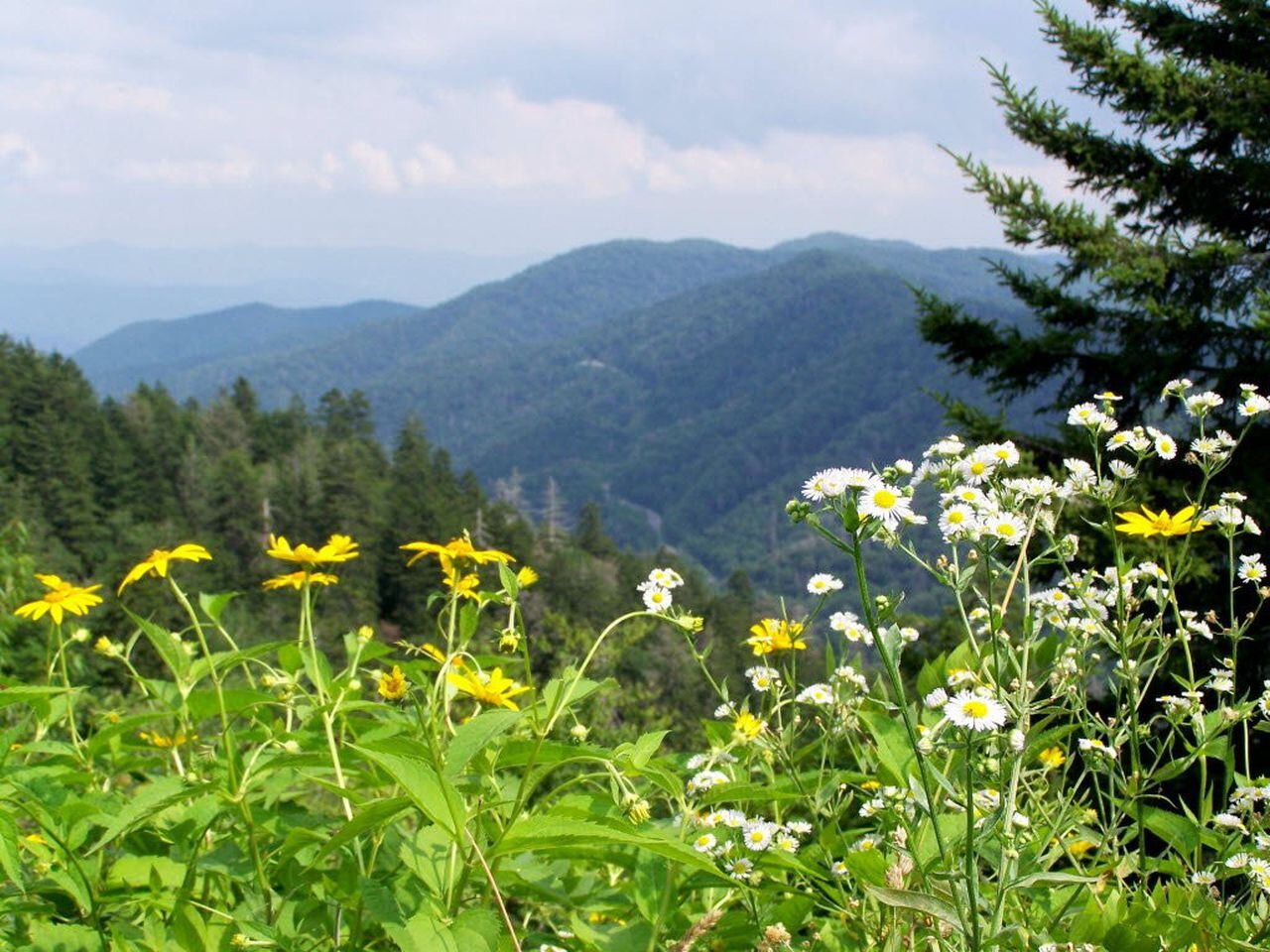
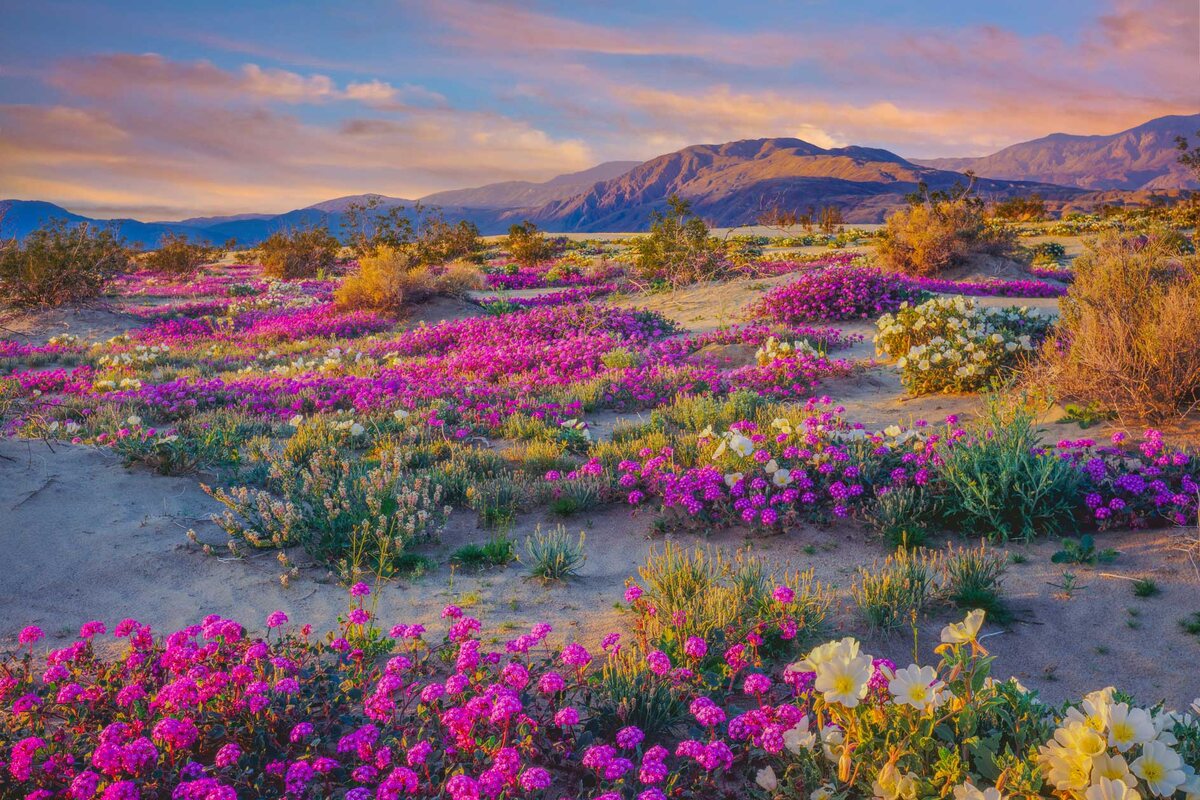
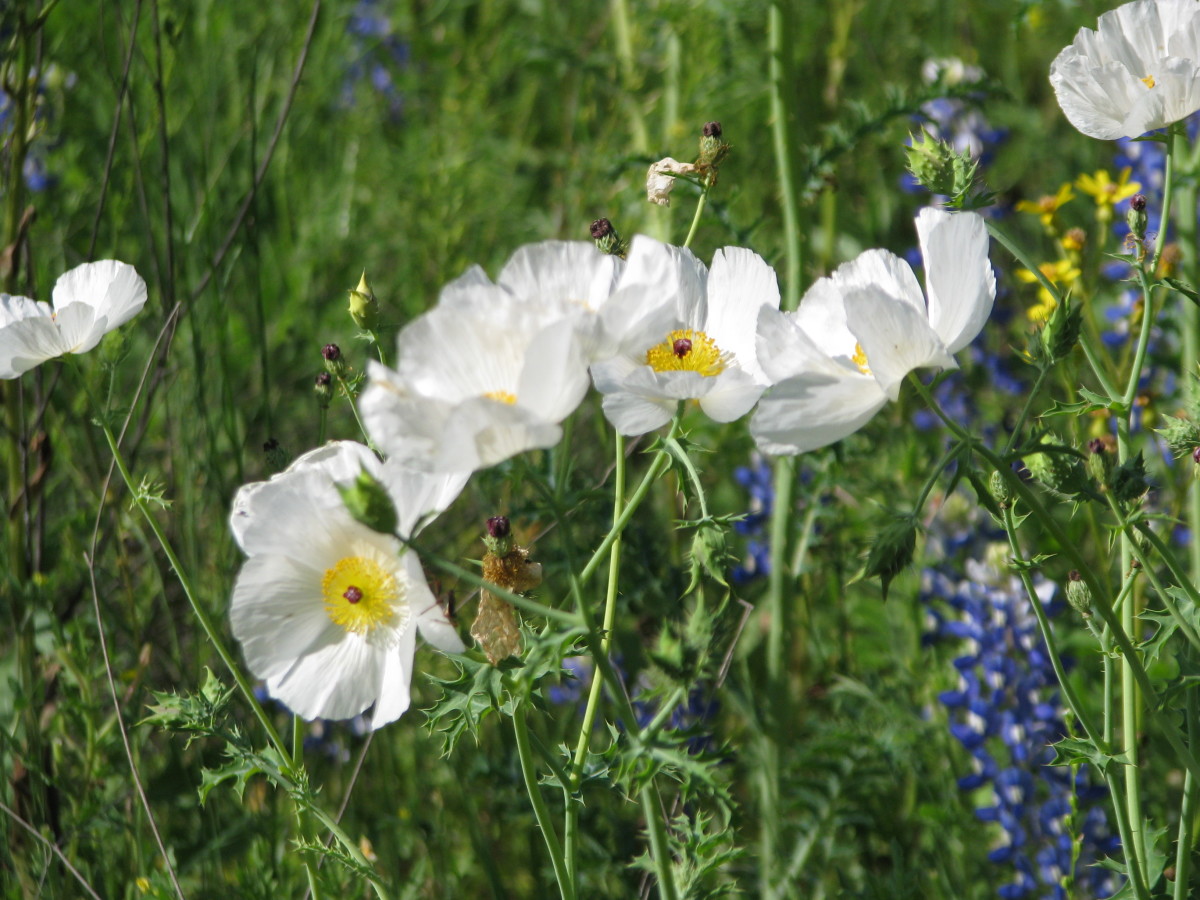
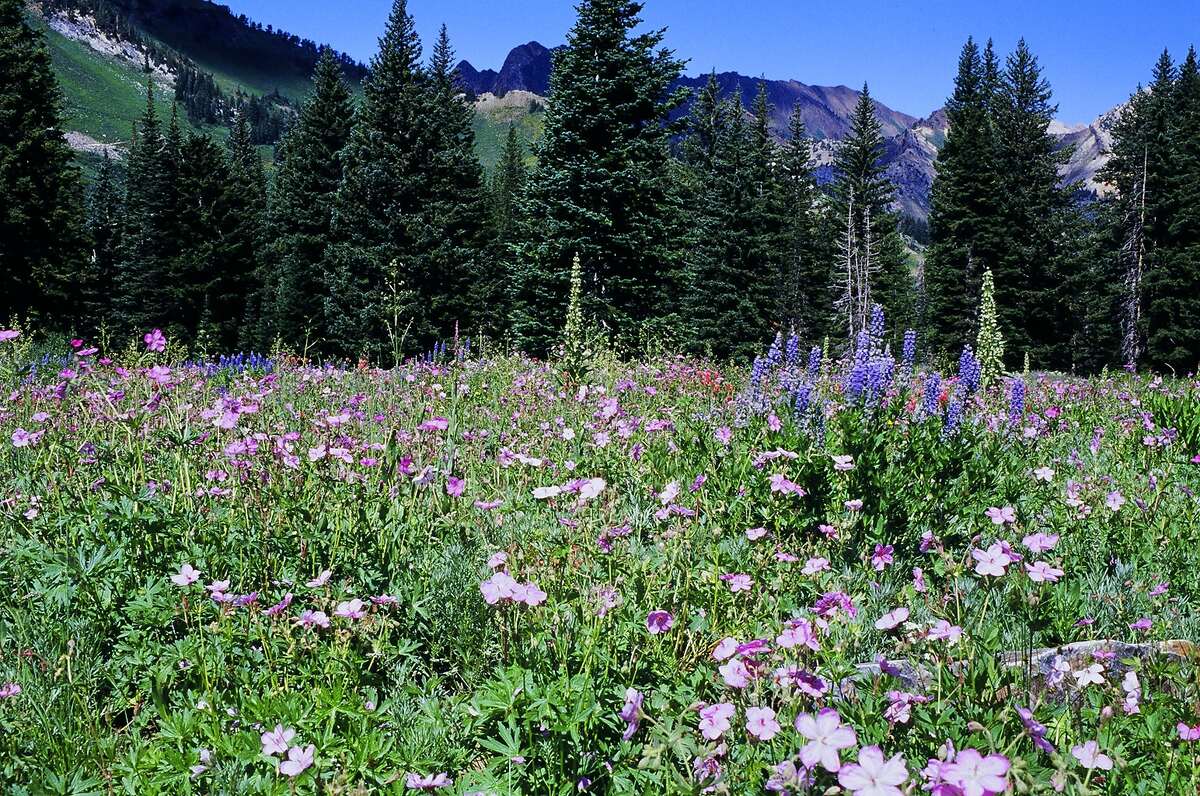
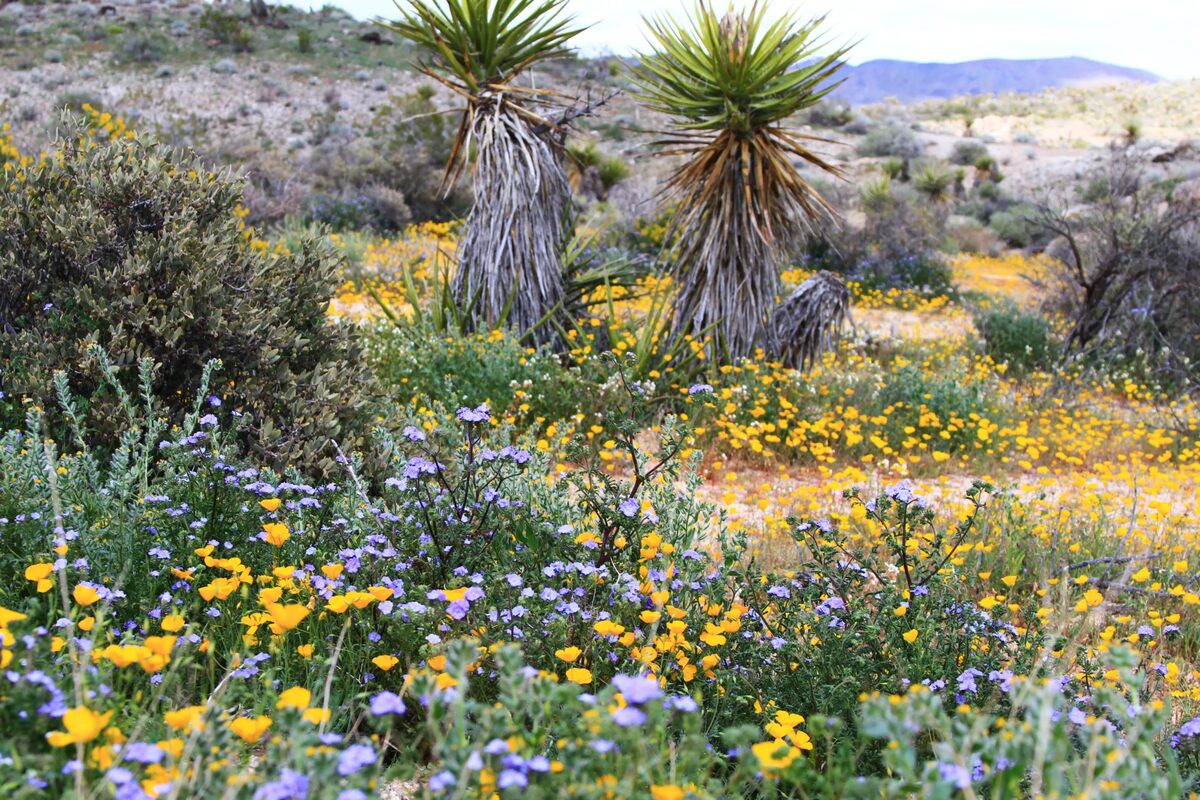
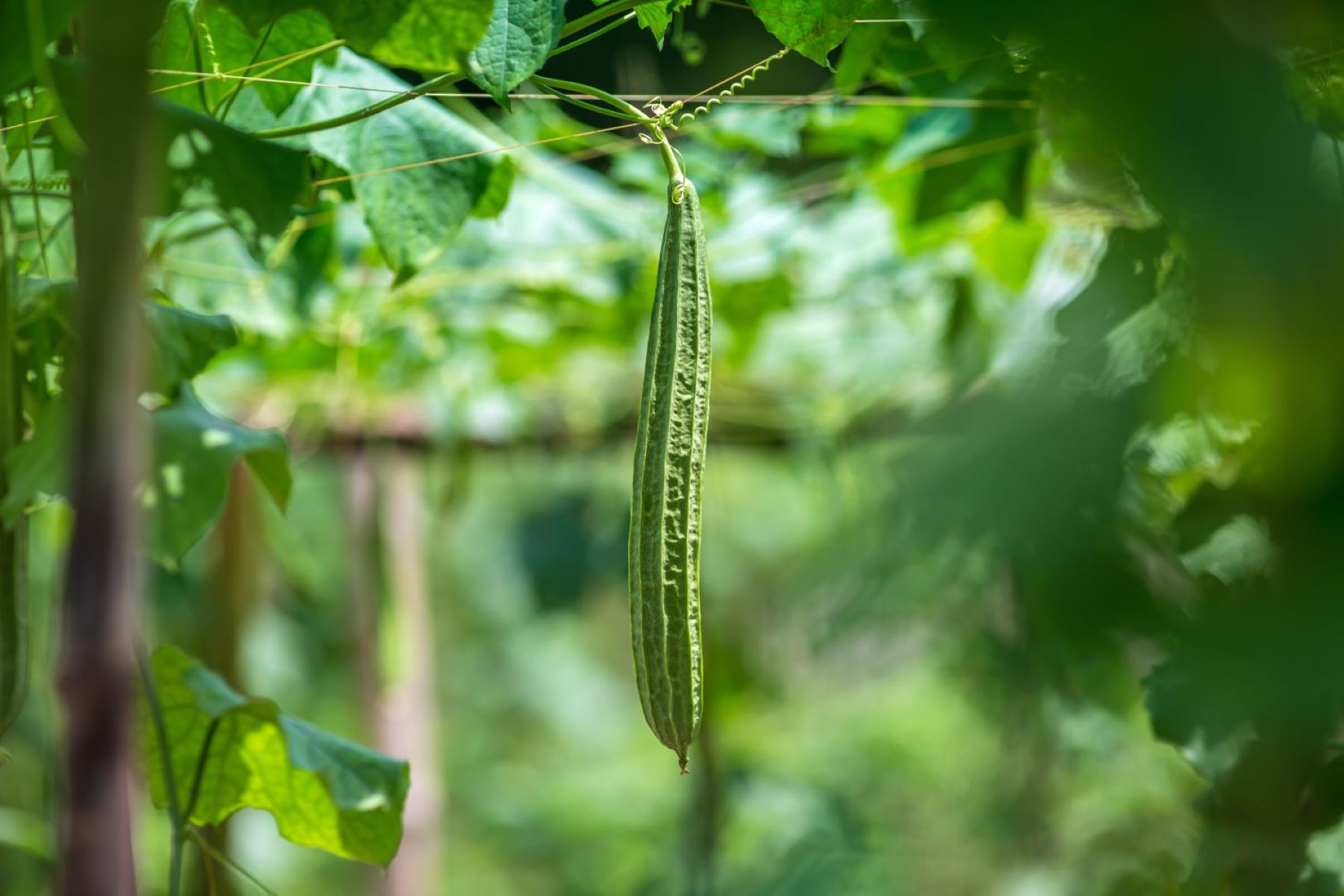
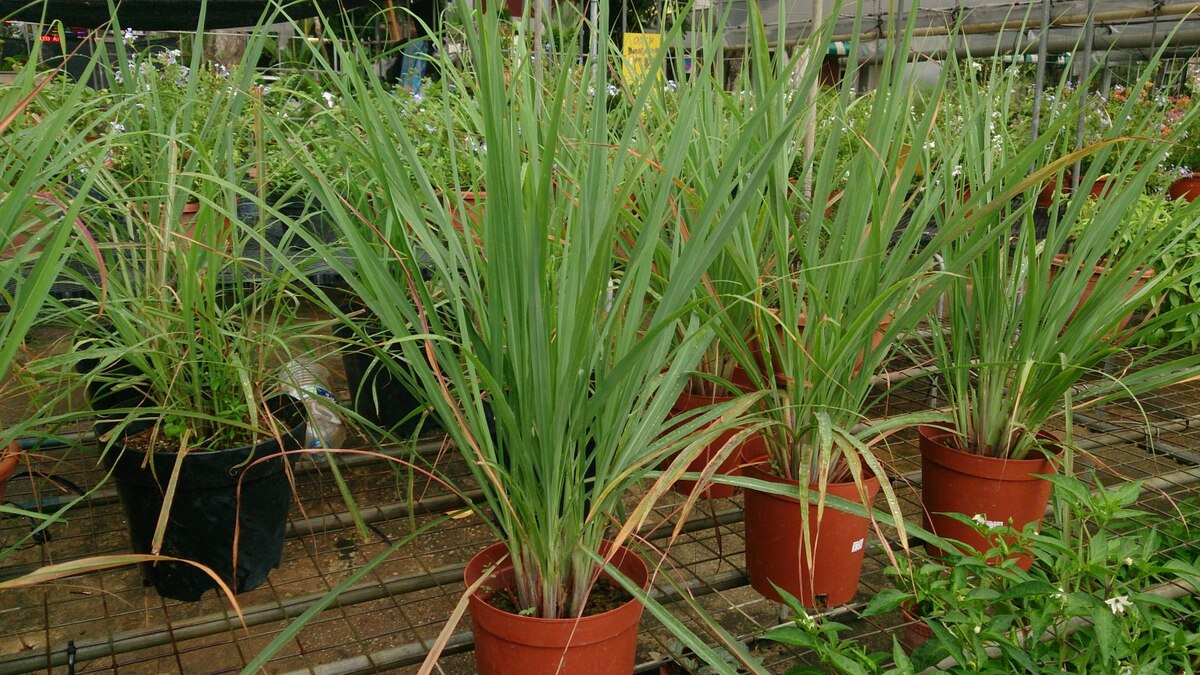
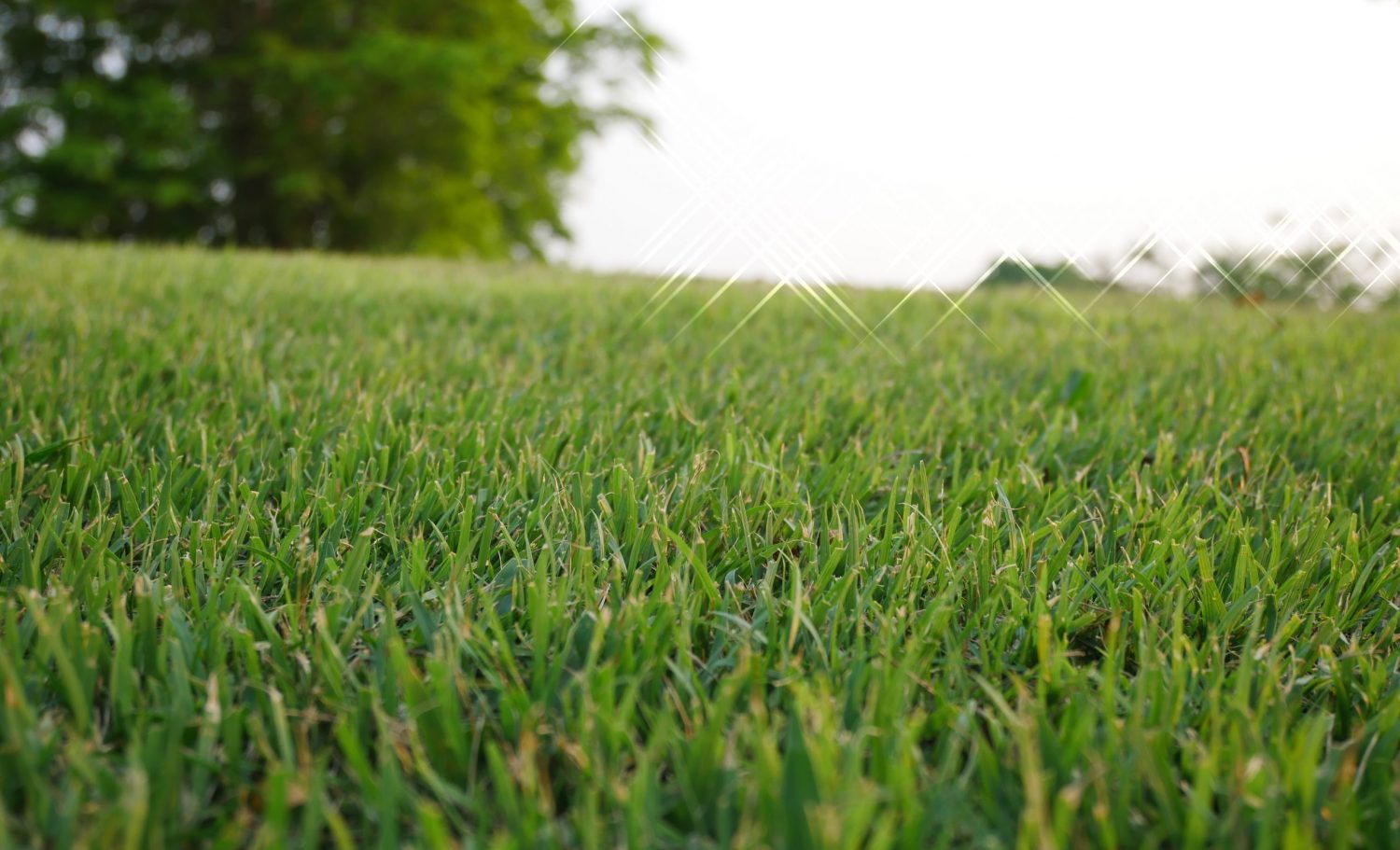

0 thoughts on “When Is Wildflower Season In Texas”